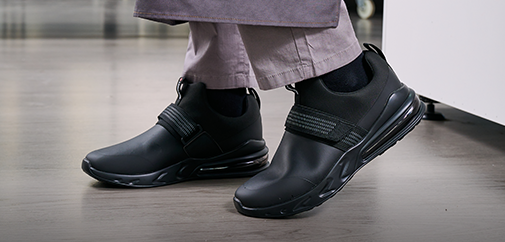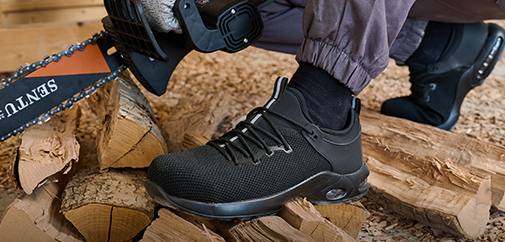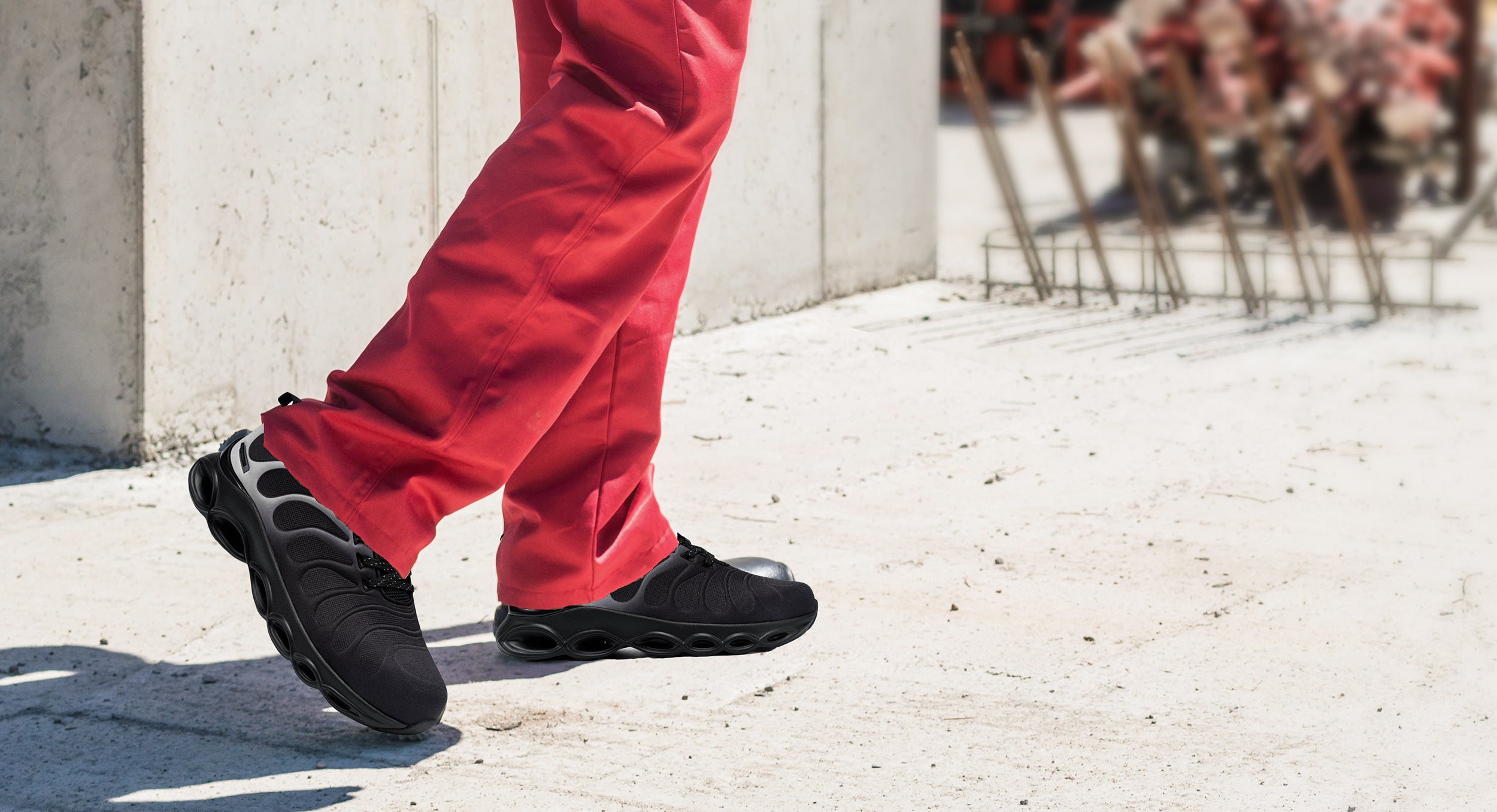As a leading manufacturer of protective footwear, LARNMERN has invested heavily in research and development to ensure we provide the best possible solutions to our customers. One of the innovations we have adopted in our manufacturing process is the cold cement technique. In this blog post, we will explore the differences between cold cement and injection molding techniques and why cold cement shoes are the preferred choice for many workers in industries that prioritize safety.
Let us begin by defining the two techniques. Injection molding is a process that involves melting a material, such as rubber, plastic, or foam, and injecting it into a mold to form a specific shape. This process is used to create a range of products, including automotive parts, toys, and shoes. Cold cement, on the other hand, involves applying a specialized adhesive to the upper of the shoe and then bonding it to the sole through a press to create a durable bond. This technique is typically used in the production of high-quality footwear, such as safety shoes.
The first major difference between these techniques is the weight of the shoe. Cold cement shoes are considerably lighter than injection molded shoes because they require fewer materials and machinery during manufacturing. This makes them more comfortable to wear, which is essential for workers who need to wear their protective footwear for long hours. The lightweight design of cold cement shoes also makes them easier to transport, which is a great advantage for workers who need to carry their work shoes around regularly.
In addition to being more lightweight, cold cement shoes are also more versatile when it comes to customization. This is because manufacturers can experiment with different types of materials, such as mesh and leather, to create a shoe that is not only protective but also looks good. Cold cement shoes can be modified to fit different foot shapes, making them more comfortable for the wearer. Furthermore, the technique allows for the incorporation of different safety features like puncture resistance, slip resistance, electrical hazard protection, and many others. This is beneficial for workers in different industries who face different hazards and need footwear that is specifically tailored to their needs.
Another advantage of cold cement shoes is their durability. Because of the technique used in their production, cold cement shoes are less prone to separation between the sole and upper, which is a common problem with injection molded shoes. This means that cold cement shoes can last for a long time while providing the same level of protection as when they were first purchased. The durability of cold cement shoes also means they are a more cost-effective option since workers won't need to replace them as often as they would with injection molded shoes.
Finally, cold cement shoes are also more eco-friendly compared to their counterparts. The process of manufacturing cold cement shoes is less energy-intensive than injection molded shoes, which means it has less impact on the environment. LARNMERN, as a company, prioritizes environmental conservation, and our use of the cold cement technique aligns with our core values.
In conclusion, while both techniques have their pros and cons, cold cement shoes are the better choice for workers who require protective footwear for various reasons. The lightweight nature of cold cement shoes means workers can wear them comfortably for long hours, while the versatility allows for customization to meet specific needs. The durability of cold cement shoes offers more value for money compared to injection molded shoes, which may require replacement more often. Lastly, cold cement shoes offer an eco-friendly alternative for workers who prioritize environmental conservation. At LARNMERN, we continue to prioritize scientific research and technological innovations in our production process to maintain our standard as a top brand in the safety shoe industry.












